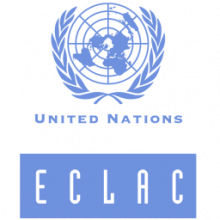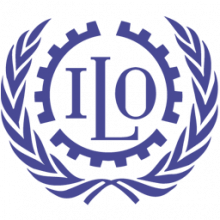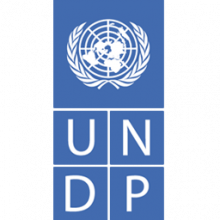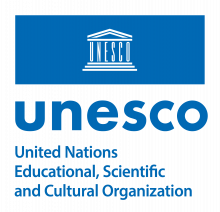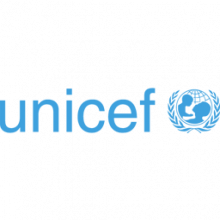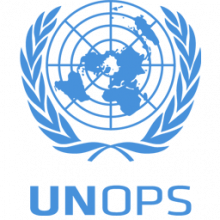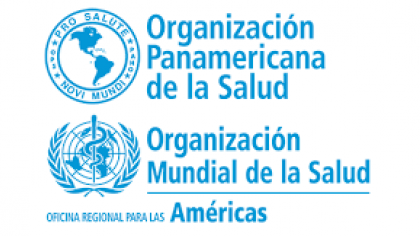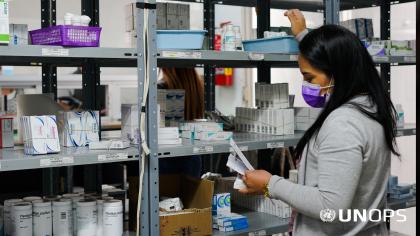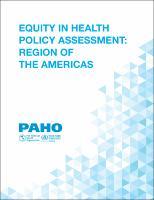
Description
Great strides have been made in improving people’s health in recent years. 146 out of 200 countries or areas have already met or are on track to meet the SDG target on under-5 mortality. Effective HIV treatment has cut global AIDS-related deaths by 52 per cent since 2010 and at least one neglected tropical disease has been eliminated in 47 countries.
However, inequalities in health care access still persist. The COVID-19 pandemic and other ongoing crises have impeded progress towards Goal 3. Childhood vaccinations have experienced the largest decline in three decades, and tuberculosis and malaria deaths have increased compared with pre-pandemic levels.
The Sustainable Development Goals make a bold commitment to end the epidemics of AIDS, tuberculosis, malaria and other communicable diseases by 2030. The aim is to achieve universal health coverage, and provide access to safe and affordable medicines and vaccines for all.
